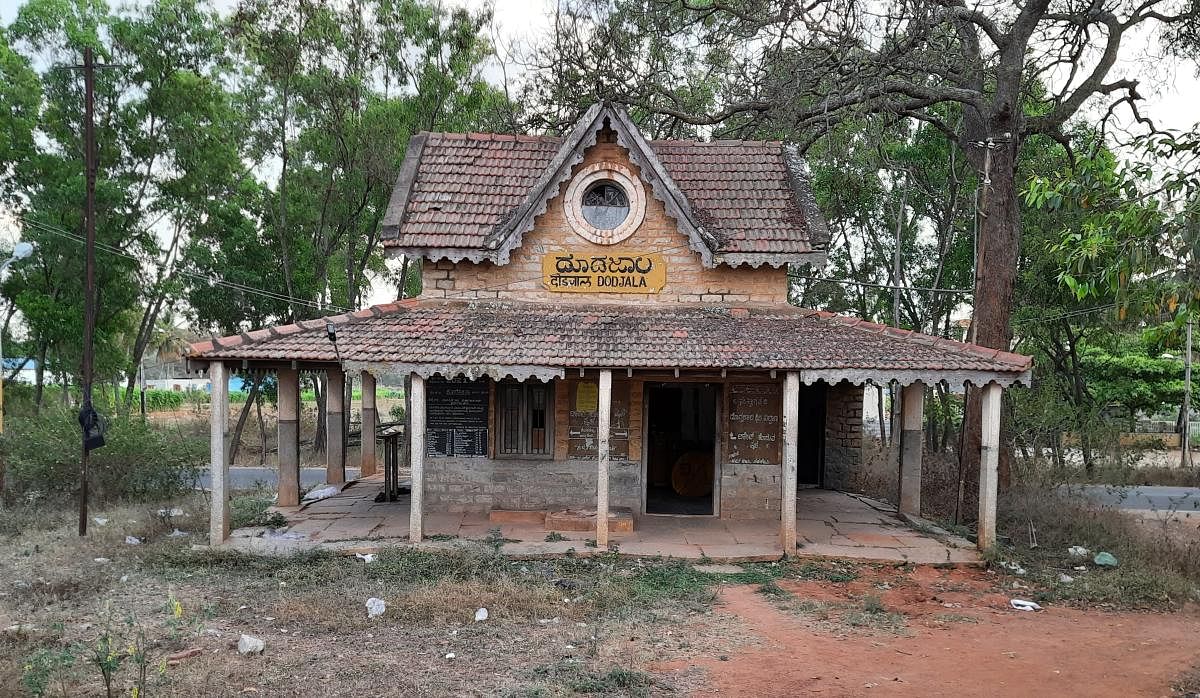
Work has begun on the restoration of four of Bengaluru’s oldest railway stations.
The Bengaluru division of South Western Railway has signed an agreement with the Indian National Trust for Art and Cultural Heritage (Intach) for the restoration project.
The stations are Doddajala, Devanahalli, Nandi Halt and Avatihalli. “The first three buildings are almost identical in their architecture. It appears as if Nandi Halt was expanded soon after it was built,” says Meera Iyer, convenor, Intach Bengaluru.
Of the four, Nandi Halt has the largest station building. She says station buildings, once completed, will have some aspect of railway heritage displayed.
About Rs 1.8 crore is being spent on the project. A senior railway official says the stations will be turned into ‘heritage stations’.
“The original structure will be retained. This is being done under a corporate social responsibility scheme,” he told Metrolife.
Devanahalli
Similar to the Doddajala station, this has undergone some modifications. A toilet and some rooms have been added. They are brick structures, while the original building is built in stone and lime mortar.
“A few years ago, a new station was built close to this structure. Unfortunately, the northern part of the verandah of the old station was removed to accommodate a ramp,” says Meera.
This building is adjacent to the Devanahalli Fort and the birthplace of Tipu Sultan, both of which are Archaeological Survey of India-protected monuments. Devanahalli is also home to a 17th century Venugopalaswamy temple.
Avatihalli
Built in brick, not stone, Avatihalli is famous as the place where the ancestors of Kempegowda, founder of Bengaluru, hailed from. There are some old temples in this village.
Nandi Halt
“When you see it, you think, ‘This is the quintessence of charming cuteness!’ Like the other stations, it is a gateway to an incredibly heritage-rich area. Nandi Hills provides the backdrop for the station,” says Meera.
The famed Bhoganandishwara temple is just 2 km away, and Sultanpet is a little further past the temple.
Doddajala
This station is very close to Chikkajala, famous for megaliths from the Iron Age, dating back 2,000 years. These monuments have now been destroyed.
But Chikkajala is still home to a lovely 13th or 14th-century temple, and a small circular ‘fort’, partly destroyed. The temple and its kalyani are striking, and catch the attention of people travelling from the airport into the city.
“The stone building comprises a small, square central room, with a smaller room attached at the back. There is a wide, colonnaded verandah. The building has Mangalore tile roofs, gabled roofs, and circular ventilators. Granite pillars support the lean-to roof in the verandahs. The flooring is of Cuddapah stone,” says Meera.